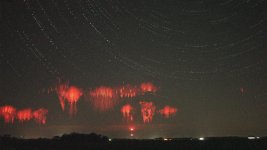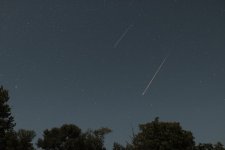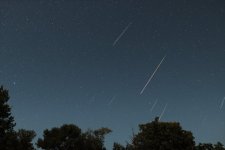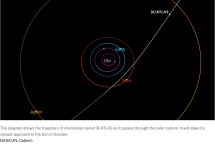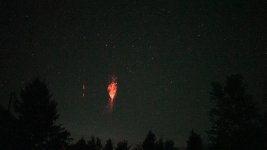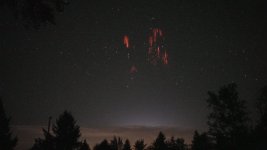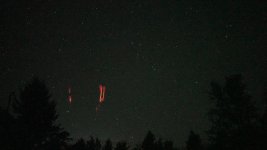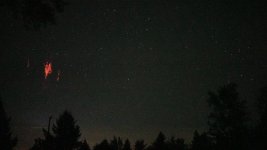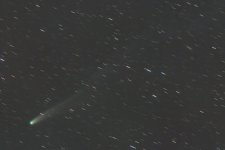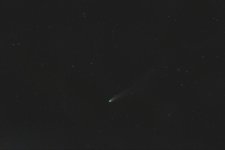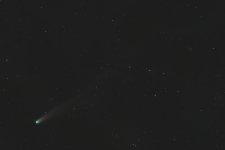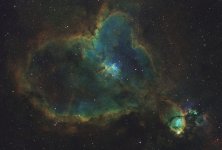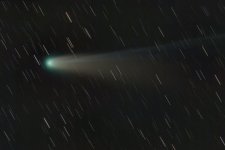any of you guys watching this?
"Major Anomaly" As Interstellar Object 3I/Atlas Measured To Be Over 33 Billion Tons
Measuring the object's non-gravitational acceleration, the team believes they found something "anomalous".
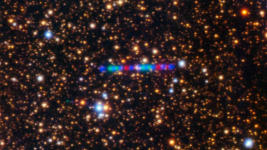
Interstellar object 3I/Atlas zips past a dense star field.
Image credit: International Gemini Observatory/
NOIRLab/NSF/AURA/K. Meech (IfA/U. Hawaii). Image Processing: Jen Miller & Mahdi Zamani (NSF NOIRLab)
A new study has attempted to pin down the properties of interstellar comet 3I/Atlas, finding it is "anomalously massive" at around 33 billion tons.
On July 1, 2025, astronomers
spotted an object moving through the Solar System at nearly twice the velocity of previous interstellar visitors ‘Oumuamua and Comet Borisov. The object, which was
confirmed to be an interstellar comet with its own dusty coma, and suspected to be far larger than the previous two, with a then-estimated nucleus (the rocky part of the comet, excluding its coma) of around 5.6 kilometers (3.5 miles).
Sizing comets is a tricky business, primarily because to do so, you need to distinguish the comet from its coma. As comets approach the Sun in their orbit and heat up, they outgas, losing gas and later (when they are even closer to the Sun) dust, which forms their distinctive trail or coma. This outgassing acts like a thruster, slightly altering the trajectory, rotation, and speed of the comet.
Measuring the object's non-gravitational acceleration, the team believes they found something "anomalous".

www.iflscience.com

